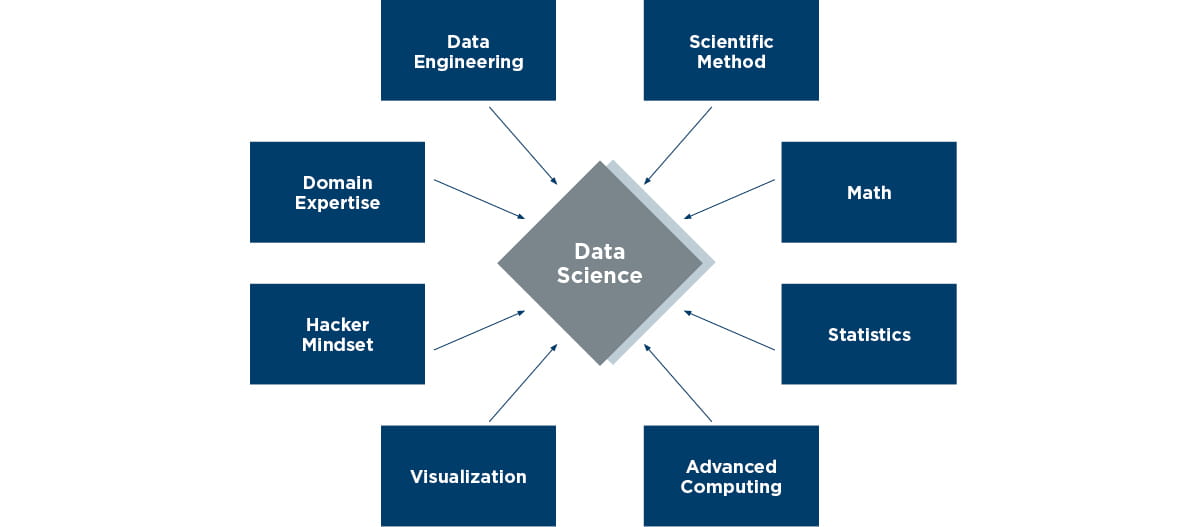
Archive | Point of View
The myth of the data scientist and the promise of data science: lessons from the Alaska room
In order to understand what a data scientist is, we must first define data science. While there is some debate, at its core data science involves the instrumentation, collection, preparation, management, and analysis of data.
The myth of the data scientist and the promise of data science: lessons from the Alaska room
Ever since the Harvard Business Review issue last year on big data, it’s been virtually impossible to escape the allure of the data scientist. Unfortunately, the terms “data scientist” and “data science” are as confusing as big data, which was recently dubbed the most confusing IT term of this decade by The Global Language Monitor.
In order to understand what a data scientist is, we must first define data science. While there is some debate, at its core data science involves the instrumentation, collection, preparation, management, and analysis of data.
As the figure from Wikipedia (credit: Calvin Andrus) above illustrates, data science is a discipline that requires a wide range of skills – including programming and computer science, application development, mathematics, statistics, and business/domain expertise.
Therein lies the myth of the data scientist. No one person can be expected to possess all of these skills. While some may be familiar with each discipline, no one can be an expert in all of them or have the time to tend to each one effectively.
Which brings me to the Alaska Room, circa 1987.
I began my career as an analyst at Argonne National Laboratory in suburban Chicago. I worked as an analyst supporting a staff of PhD economists, engineers, and statisticians who were studying electricity generation, demand, and emissions. These experts were our business users. We were squirreled away in a small, cramped office that for some reason had an old poster of Alaska taped to the door, hence the name.
Looking back now, I realize that may have been my first—and only—time spent as part of a true data science team. We had Ron and Dan, who collected and cleansed our data and kept our servers and software up to date and running. Ed turned the data into a useful time-series database and governed its use. Meanwhile, Dale, Pauline, and I analyzed and modeled the data. We literally worked side by side every day. We solved data problems as they were discovered, quickly instrumented and quality controlled new data as it became available, and iterated through models and findings quickly and efficiently. It was seamless.
Unfortunately, as I advanced in my career, I saw separate departments for data, technology, and analysis. At best, these departments would have similar priorities, so they made progress as a group. More often, however, these departments became silos with competing budgets, misaligned priorities, and tightly controlled staff.
While this model is most common, it is no longer sustainable. With more data than ever before and greater interest and demand for analytics-driven decision making, companies both large and small must rethink their organizations. Data science represents a new way of organizing around data, technology, and analysis to take advantage of all these new data have to offer. My time in the Alaska Room provides a great model for the modern data science team.
A more effective approach
Our recommended approach is to centralize these functions under a Business Analytics Department or Analytics Center of Excellence. Teams can still be parsed out and embedded within the business, but they should be centrally managed to ensure that the organization adopts and follows standards and practices, maintains quality control, and shares learnings across the rest of the data science team.
It’s also important that these teams are deployed in groups of two or three in order to pair data instrumentation, collection, and management expertise with data analysis to maximize productivity and avoid resource bottlenecks or contention.
Finally, this approach should also increase the engagement and retention of key employees by providing a wider range of career paths for members of the team. Developers can progress to project or program management if they desire, and analysts and modelers can manage teams or move to more strategic or consultative roles within the business. Others can stay on a strictly technical track but pursue engagements with different business units over time to stay fresh and engaged.
West Monroe realizes that data science is a team sport. While the press focuses on the mythical data scientist, West Monroe helps our clients organize around a holistic view of data science to deliver real and lasting business impact. For more information, please contact us.



